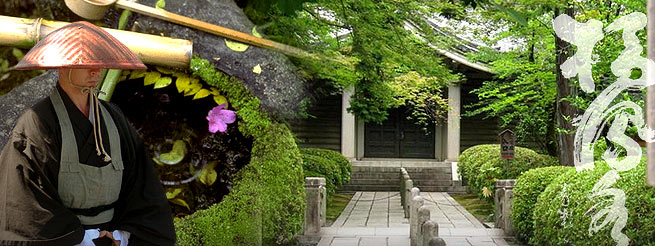Japanese personal names are traditionally written surname first. In this book, the authors have followed this tradition for persons who lived before the Meiji Restoration of 1867. However, in keeping with modern Japanese editorial practice for publications in foreign languages, names of persons who lived after that date are written surname last.


![]()